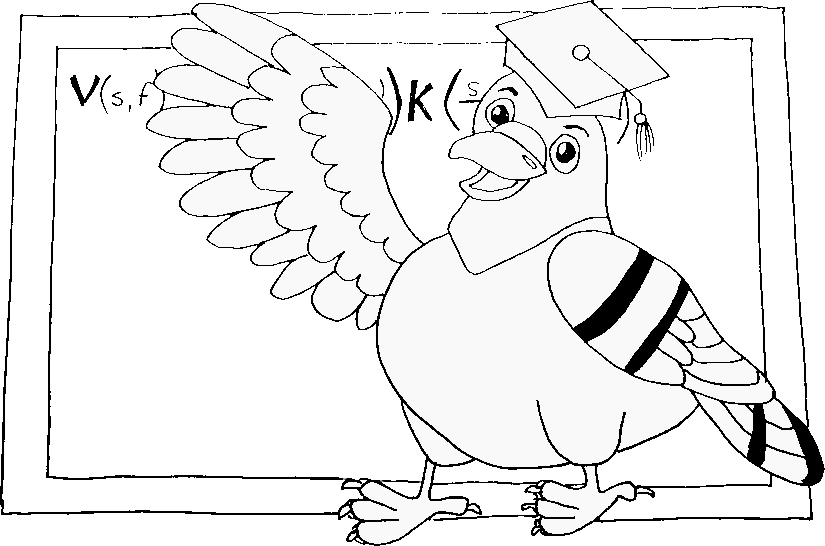What is science?
The demarcation problem is a topic of active study in the phillosophy of science. In answering this question phillosphers are asking how we distinguish science from non-science. In most undergraduate science courses this question is not considered. Each scientitic discipline is presented as set of canonical facts that students must learn. That this particular set of facts is canonical is presented as self-evident.
If science is presented in this way and we we never get students to consider what distinguishes science from other forms of knowledge how are they supposed to learn how to do new scientific research?
In designing this course I was inspired by ideas about the demarcation problem from Rheinberger (see references below). He argues that science is research and the basic unit of research is the experimental system that he defines as:
systems of manipulation designed to give unknown answers to questions that the experimenters themselves are not yet able clearly to ask… They are not simply experimental devices that generate answers; experimental systems are vehicles for materializing questions
In other words, the critical act of science involves the use of systems that encourage nature to reveal itself - systems that transform unkown unknowns to known unknowns. For Rheinberger this process involves the use of technical objects and epistemic things. He defines these terms as follows:
- technical objects are scientific tools for investigation like measuring devices, observational techniques, theoretical models or even research traditions that community of scientists believe are reliable enough for them to leveraged in scientific inquiry.
- epistemic things are the targets of inquiry that we direct our technical objects to learn things.
For Rheinberger science is what occurs when we apply technical objects to epistemic things and see what happens. For Rheinberger then, if we are to teach students how to do science we must show them how to use our technical objects and we must encourage them to apply them to epistemic things.
With that in mind, the papers that I have provided in this course show how I have used a technical object (typically the theory of statistical mechanics or molecular dynamics or Monte Carlo simulation) to study an epistemic thing (the macroscopic behaviour of a ensemble of particles whose microscopic behaviour I have described). The notebooks should help you to learn how to manipulate the tehcnical object yourselves, while the suggested estensions provide examples of new epistemic things that you can apply these technical objects to.
References
- Hans-Jorg Rheinberger, Towards a history of epistemic things, Stanford University Press (1997)
- Dr Fatima, Unfalsifiable Astrophysics: 3 Kinds of Research with Nothing to (Dis)prove), YouTube (2025)
